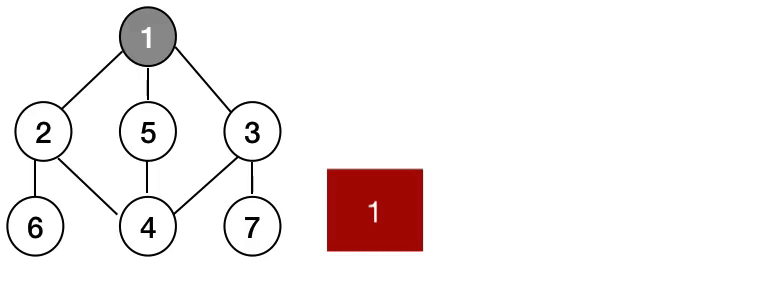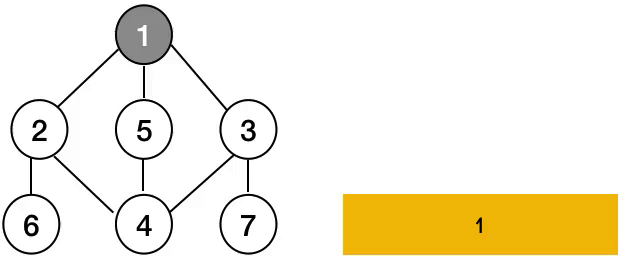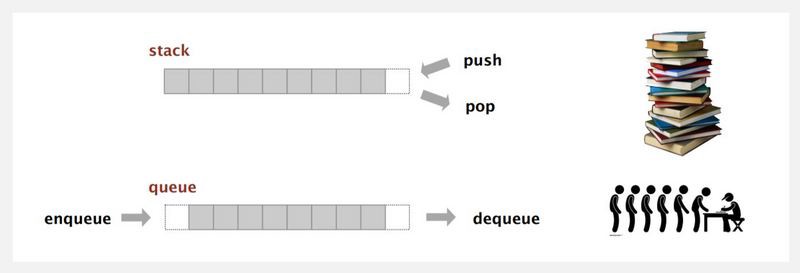Definition
Both Stacks and Queues are linear data structures modeling real-life scenarios. Stack models a Last In First Out scenario and the Queue models a First In First Out Scenario.
Both data structures are used to organize access to data, the difference is in the way every structure organizes that access…
Push is the adding method to the stack while Pop is the method to access and delete the top element of the stack.
Enqueue is the method to add an element to a Queue, and Dequeue is to remove previously enqueued elements.
Usage
Stack
1- The UNDO functionality in text editors.
2- Compiler syntax-checking for Brackets and Braces coupling.
3- Modeling piles.
4- Supporting recursion, and keeping track of previous function calls.
5- Used in a Depth First Search on a graph or tree.
Queue
1- Modeling a waiting line.
2- Any First Come First Serve scenario, in a web server request management for example.
3- Breath first search graph or tree traversal.
Complexity
Stack
Most operations are of a constant time complexity big O, besides searching which is linear in case the item we are looking for doesn’t exist.
Queue
Similarly, only Contains and Removal operations are linear in a queue. All the other operations are of constant complexity.
Popular problems solved with Queue and Stack
BFS and DFS, mainly in trees and graphs, are the most common design patterns where queues and stacks play an essential role.
Breadth-First Search (BFS)

Visits all vertices or nodes in a tree level by level. In order to do so, every time we visit a node we push its children into a queue, so after we are done with that node, we will have access to the next level nodes in order.
Depth-First Search (DFS)

Visits all vertices or nodes in a tree starting by the root node and keeps visiting all child nodes until it reaches the deepest.
DFS uses a Stack in order to store the child nodes of every vertex it visits in order to revisit them after done with the deeper nodes.


